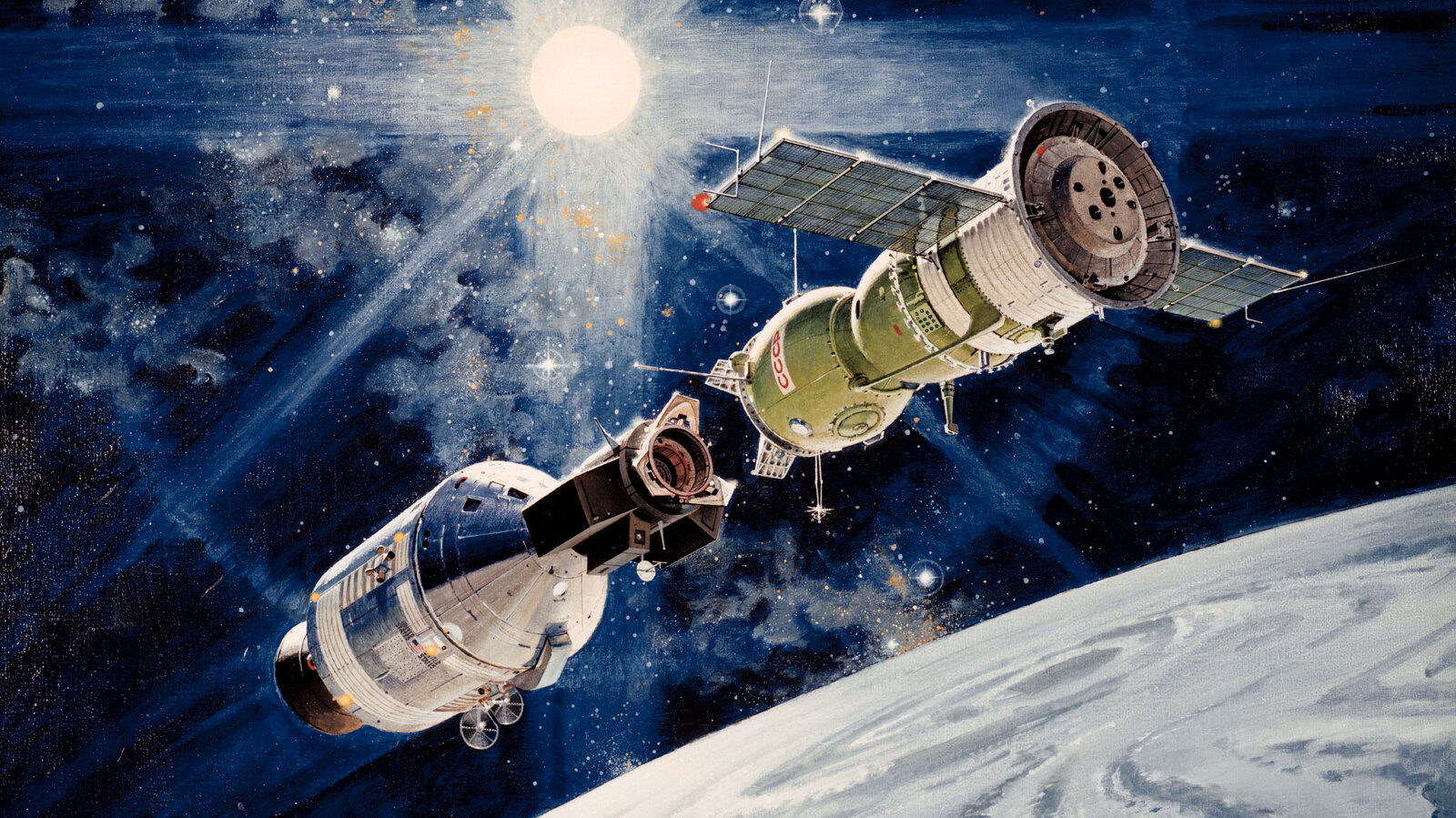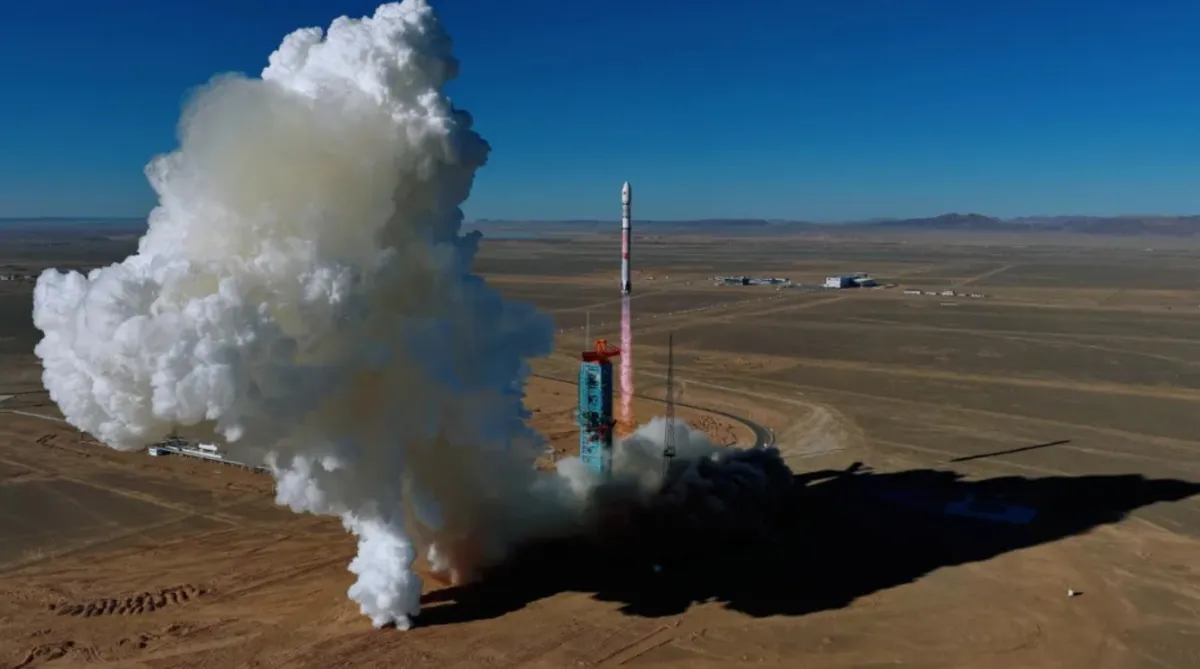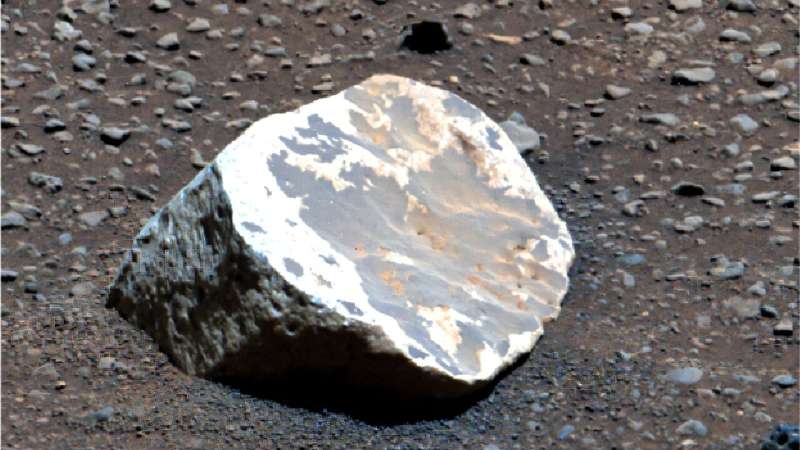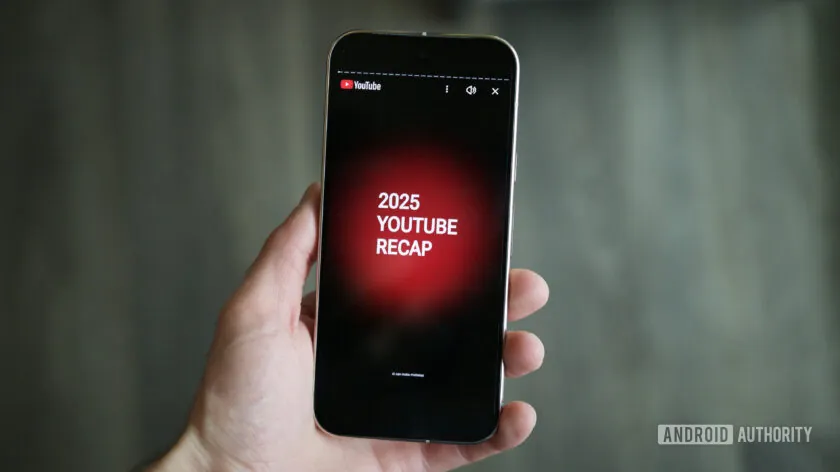July 2025 marks the 50th anniversary of one of the most historic milestones in space exploration — the Apollo–Soyuz Test Project. This mission wasn’t just a technical achievement; it was a political and symbolic turning point that brought together two rival nations at the height of the Cold War. Half a century later, its legacy continues to influence international space cooperation.
A Mission Born of Diplomacy
In 1975, the United States and the Soviet Union set aside political differences and launched the first-ever joint space mission. The American Apollo spacecraft and the Soviet Soyuz capsule were launched separately but rendezvoused and docked in orbit. The crews shared experiments, meals, and even languages, with astronauts and cosmonauts exchanging gifts and goodwill.
The iconic moment that defined the mission came when astronaut Thomas Stafford and cosmonaut Alexei Leonov shook hands through the open hatch between their two spacecraft. That handshake, broadcast around the world, became a powerful symbol of peaceful collaboration in an era dominated by tension and distrust.
Technical Innovation and Risk
Beyond the politics, the mission posed significant engineering challenges. American and Soviet spacecraft used entirely different docking systems, communication protocols, and life support mechanisms. Engineers on both sides worked together to design a universal docking module — a feat that required unprecedented cooperation and trust.
Although the mission was largely successful, it wasn’t without incident. During reentry, the Apollo crew experienced exposure to toxic fumes due to a malfunction in the cabin ventilation system. Quick action and emergency equipment prevented any long-term harm, but it served as a reminder of the ever-present risks of space travel.
A Legacy That Lives On
The Apollo–Soyuz mission laid the foundation for future collaborations in space. It helped foster relationships and technical alignment that would prove vital for later programs like Shuttle–Mir and the International Space Station. The mission demonstrated that cooperation in space could pave the way for greater understanding on Earth.
Even today, the spirit of Apollo–Soyuz lives on in multinational partnerships that power modern exploration efforts. Astronauts from around the world now train together, launch together, and live together on orbiting laboratories — a reality that began with a handshake in 1975.
50 Years Later: Honoring the Mission
To commemorate the 50th anniversary, space agencies, museums, and enthusiasts are hosting events, exhibitions, and panel discussions. Artifacts from the mission, such as space suits, mission patches, and photographs, are being showcased to educate new generations about a moment in history when cooperation triumphed over competition.
Veterans of the mission and their families are also reflecting on the cultural impact of that shared journey. Many consider it not just a scientific success, but a rare human moment of mutual respect and shared curiosity that transcended borders.
Conclusion
The Apollo–Soyuz mission proved that even in times of great political division, humanity can find common ground — and sometimes, that ground is in orbit. Fifty years later, the legacy of that mission remains a powerful reminder that space exploration is not just about rockets and research, but about building bridges that reach far beyond our planet.
















Leave a Reply